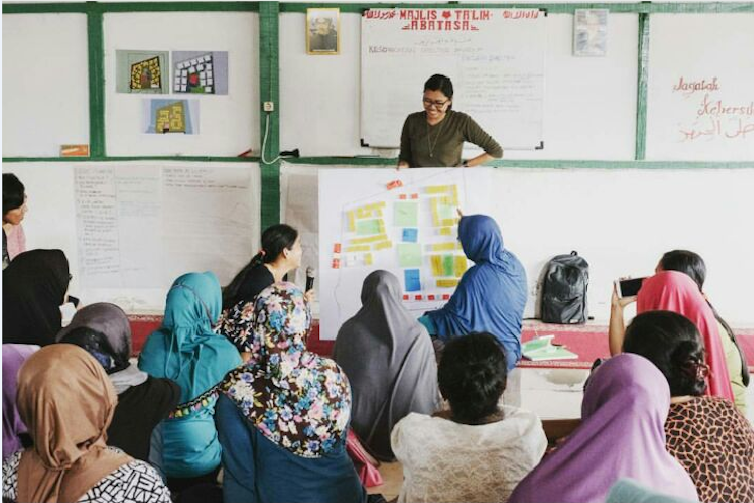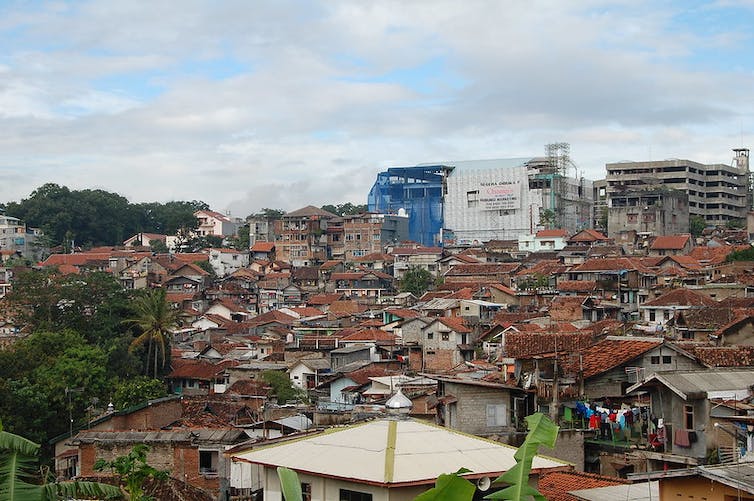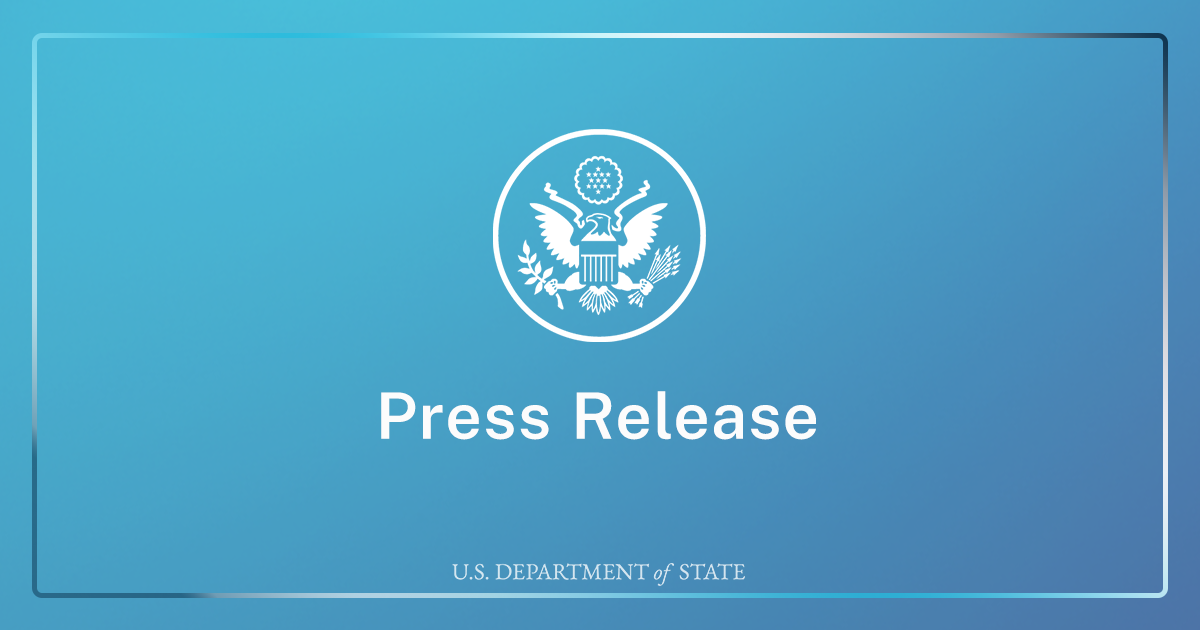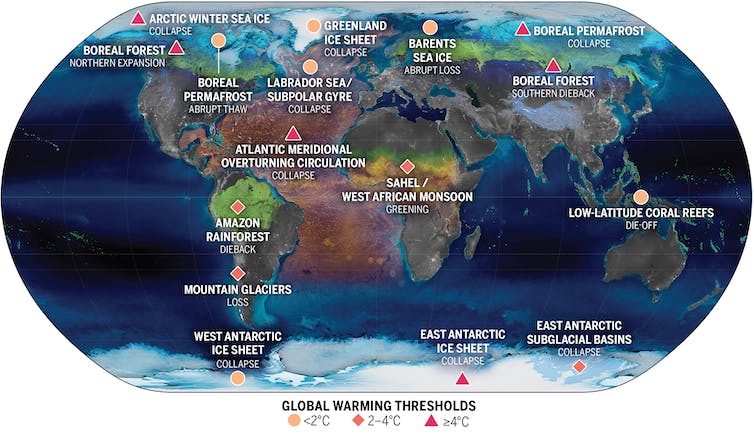Extreme weather as a result of climate change has caused disasters and catastrophes around the globe.
In mid-2023, flash floods inundated roads and displaced millions in the US, South Korea, Pakistan and Turkey. Asia has seen more than 100 deaths during this year’s extreme monsoon season. In Northern India, fatal floods following heavy rains resulted in the deaths of 22 people.
In Indonesia, severe floods in April 2023 struck Central Kalimantan Province, impacting 16,234 people. Numerous homes and public buildings were also affected.
In our research, we looked at how extreme weather had impacted urban areas.
Urban poor and water-related problems
We studied three flood-prone cities in Indonesia: Pontianak (West Kalimantan Province), Bima (West Nusa Tenggara Province) and Manado (West Sulawesi Province).
We used fieldwork visits, observations, interviews and document analysis. We interviewed 57 informants during the data collection process, including government actors, community leaders, civil society organisation activists, and business people.
Our research aimed to understand how urban development contributed to urban water problems within the wider context of extreme weather change.
It found climate-related problems such as flooding, drought, and heat stress may affect the whole city, regardless of rich or poor neighbourhoods. However, urban poor populations suffer more severely due to some reasons.
While the rich has resources to live in well-planned residential areas, urban poor have to live in parts most vulnerable to floods.
In addition to that, they also live in crowded and impoverished neighbourhoods with limited access to clean water.
Marginalised from formal water services, the urban poor are accustomed to relying on their own creativity for survival. They drill boreholes, make wells, build wet ponds or install rainwater catchment.
The same goes when dealing with flooding. They swiftly store valuables in high places, monitor the rise of water level in the nearby drains, creeks or rivers. They also establish communication channels through digital platforms to be informed as soon as possible when flood risks emerge to organise mitigating measures.
However, those are merely reactive measures that have nothing to do with addressing the underlying problems.
Results from unequal development
We found water-related problems in Indonesia, such as flooding and water shortage are closely tied to unequal development across different parts of the city. All the cities we studied showed common patterns.
In certain parts of the city, the economy has experienced significant growth giving rise to upscale neighbourhoods with tall buildings, thriving business districts and real estates with large shopping centres nearby.
(Ikhlasul Amal/Flickr), CC BY-NC
However, this rapid development has led to surges in land prices, housing rents and the cost of essentials like water and electricity. As a result, these areas have become inaccessible to the urban poor.
Meanwhile, in rural and less developed areas, people have converted forests into agricultural lands to meet the increasing demands of city inhabitants, causing disruption of the natural water cycle.
As a result, when extreme weather strikes, the urban area struggles to cope. Heavy rainfall increases the risk of flooding, while during droughts they struggle to find clean water.
What can we do?
Our findings show that profit-seeking activities by developers combined with poor policies have exacerbated water disasters which affected urban poor the most. These communities find it hard to adjust and improve their lives in the midst of urgent water-related issues.

(Rujak Center for Urban Studies)
However, our study recommended measures that can improve the conditions of urban poor in facing water-related disasters, and not just the reactive ones.
The first step is making sure water management practices support the resilience of communities.
It’s important to consider and tackle inequalities across various areas. For instance, we can integrate the built environment to reconnect people with rivers within urban life.
The Loss and Damage Fund: How can Indonesia use it to boost climate adaptation efforts
The second step is to consider the risks of climate change when making decisions about water-related institutions and services. We need to find ways to fund preventive measures and disaster response in a sustainable and responsive manner.
Lastly, it’s crucial to plan our infrastructure carefully. We should include strong and repairable options in our plans. To do this, we need to involve the community in decision-making processes and raise awareness about these issues.
In the long run, these recommendations will integrate actions into the whole water cycle to protect services, the environment and public health.




